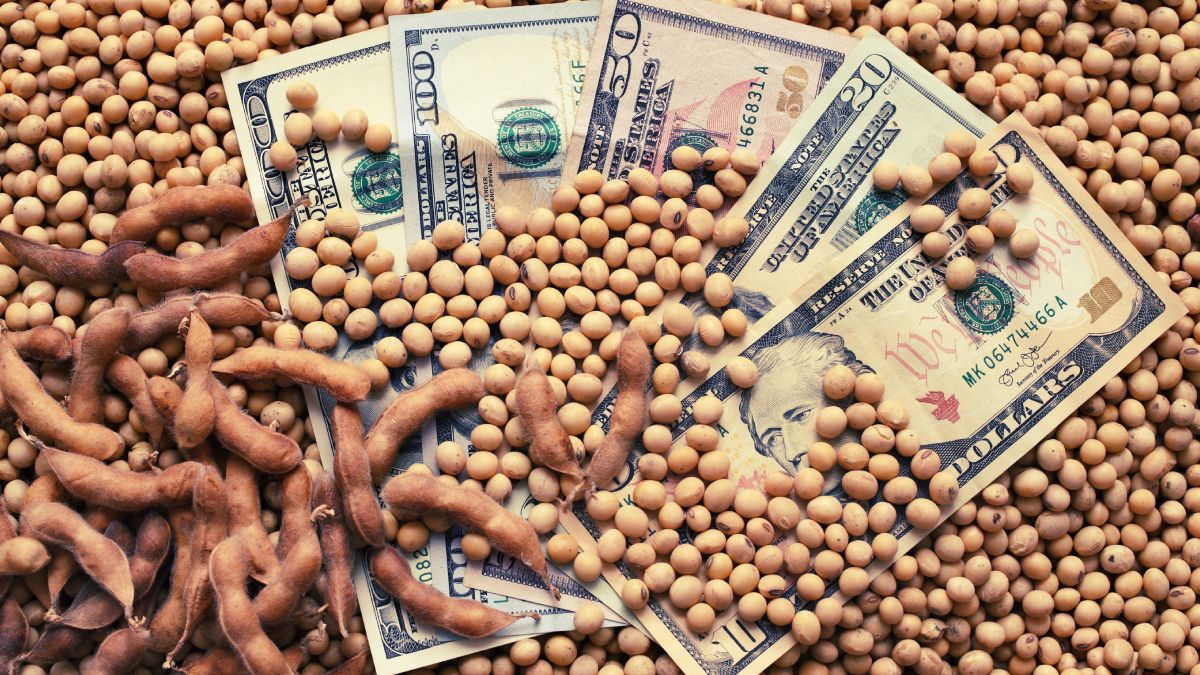The liquidation of agricultural exports in August it reached US$1,746 million, which implies a year-on-year drop of 48% compared to the same month of 2022 and the 9% compared to July of this yearas reported by the Chamber of the Oil Industry (CIARA) and the Center for Grain Exporters (CEC).
The entities reported that the drop in foreign exchange earnings August is due to the “result of the meager coarse harvest strongly impacted by the drought” and pointed out that “the monthly income of foreign currency, transformed into pesos, is the mechanism that allows you to continue buying grains producers at the best possible price”.
“The foreign exchange settlement is fundamentally related to the grain purchase which will then be exported, either in their same state or as processed products after industrial transformation,” they added.
where do the dollars go
In addition, CIARA and CEC explained that “most of the income in this sector occurs well in advance of the exportwhich is around 30 days, in the case of grainand the 90s, in the oils and protein meals“.
Given this context, the entities remarked that “in this sector, statistical comparisons between different periods are generally imprecise or inaccurate, since the foreign exchange settlement is strongly influenced by the commercial cycle of grains that depends on diverse and changing exogenous factors”.
In turn, a report by economic analyst Nadin Argañaraz stated that the net income of dollars of the oilseeds and cereals sector fell u$s11,993 million (53%) during the first seven months of the year, according to the BCRA exchange balance. Therefore, the collection of Export rights it fell 61% in real terms in the same period, equivalent to 0.5% of GDP.
Effects on collection
“The lower exportsessentially explained by the great droughtderived in lower direct revenue from export duties. Indeed, in the same period, the total collection of export duties fell by 61% in real terms, equivalent to half a point of GDP,” he said.
And he added that “the impact of the drought is being very significant on two sensitive fronts: the dollar flow on the one hand, and the collection of export duties, on the other”.
“The flow of dollars forces the use of other sources, to avoid a further drop in the level of activity. The lower collection of export duties also obliges look for other sources of resourcessince the IMF kept the previously defined fiscal target of 1.9% of GDP unchanged, despite the great drought,” he concluded.
Source: Ambito




